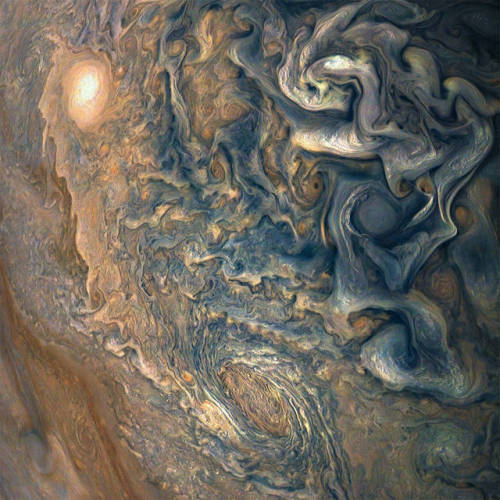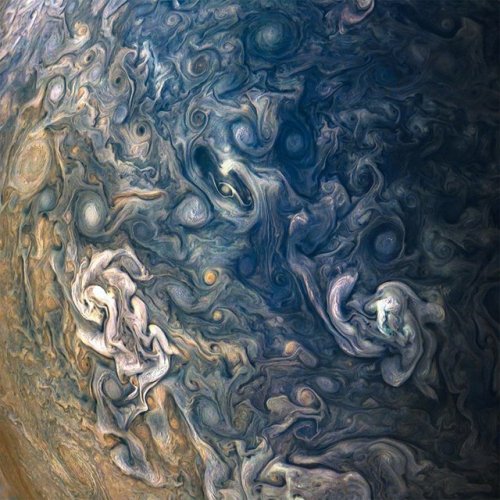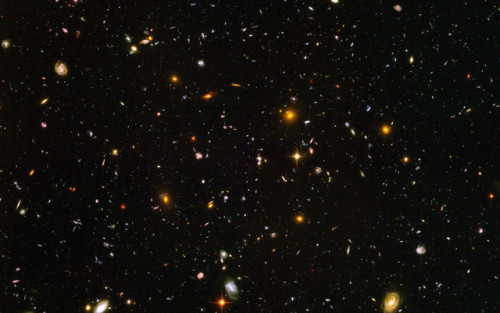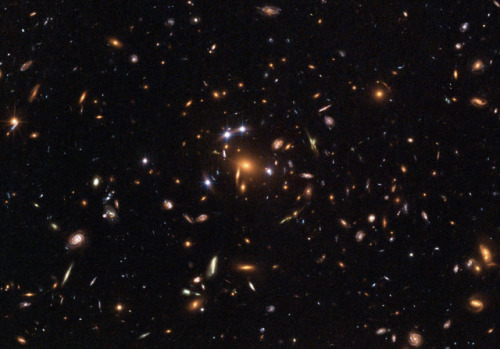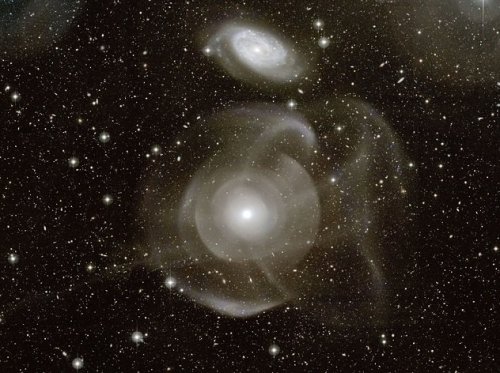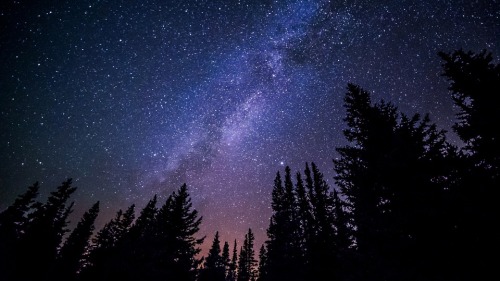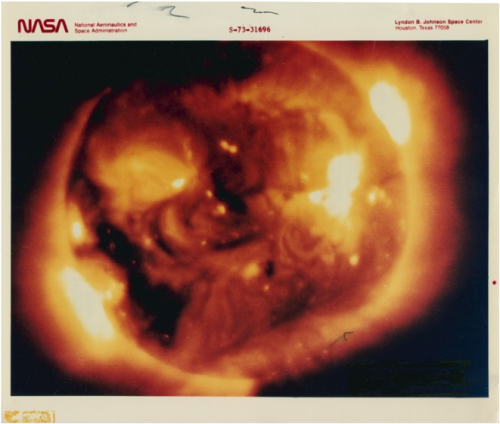#space photography










Photo By IG: @skip_closer
‘Galactic’
One of my throwbacks to when I visited Canada in early 2017! Wow it’s been 3 years since I was out exploring the stunning scenery Alberta has to offer!
Post link
Arcs, Jets, and Shocks near NGC 1999 : This tantalizing array of nebulas and stars can be found about two degrees south of the famous star-forming Orion Nebula. The region abounds with energetic young stars producing jets and outflows that push through the surrounding material at speeds of hundreds of kilometers per second. The interaction creates luminous shock waves known as Herbig-Haro (HH) objects. For example, the graceful, flowing arc just right of center is cataloged as HH 222, also called the Waterfall Nebula. Seen below the Waterfall, HH 401 has a distinctive cone shape. The bright bluish nebula below and left of center is NGC 1999, a dusty cloud reflecting light from an embedded variable star. The entire cosmic vista spans over 30 light-years, near the edge of the Orion Molecular Cloud Complex some 1,500 light-years distant. via NASA
Post link









•aesthetic•
Dione by Cassini (© NASA)
— Posted by mrgt on Bazaar.co
https://bazaar.co/mrgt/space-porn/posts/16938
Post link
i forgot all about these but they’re from a big stack of space photos someone donated to my old thrift store <333
Post link

Wolfgang Tillmans, Venus Transit, 2004.
The small black disc was Venus crossing the sun on June 8, 2004 – the first time any human then alive could have witnessed such an event.
Swirls of Jupiter
Jupiter is a very stormy, turbulent, violent planet. The planet completes a day (or one complete rotation) within roughly 10 hours, which creates massive winds, producing these swirls, and violent storms. The fast rotation coupled with the fact that the planet is nothing but gas greatly multiplies the Coriolis effect. Earth too has a Coriolis effect, this creates the characteristic hurricane shapes and also contributes to the fact that storms will spin the opposite direction in different hemispheres. Luckily, our rotation is slower - our storms are less frequent and less violent than they would be if our days were shorter.
The above images come from the recent Juno mission by NASA.
Post link
The Fermi Paradox
Once upon a time, scientists decided, “what would happen if we point Hubble at this dark piece of the sky and leave the exposure open for an absurd amount of time?” Said scientists then experienced sudden bowel incontinence from the results. Vast specks of light, like the first image and when zoomed in, each individual speck of light is it’s own galaxy with it’s own solar systems.
Seeing the sheer vastness of the universe and that it’s so large, it’s incomprehensible to our feeble minds, is it possible that we’re alone? Where are all the aliens?
The Fermi Paradox tries to describe why we seem to be alone in a vast sea of endless possibilities for intelligent life to form. Life seems to form easily, surely it’s the same elsewhere.
Here’s some main bullet point arguments as to why we’re seemingly alone.
• We’re too far apart, separated by vast space and time
• We’re rare or we’re the first
• The aliens don’t have advanced technology (we don’t either). Think of it this way, an octopus or a crow is intelligent life. They’ve never even visited the moon.
• Mass extinctions happen more often than not, they might be dead or intelligent life never exists long enough to make contact with each other before it’s wiped out
• We haven’t existed long enough to be discovered or to figure out how to find others
• They’re too advanced for us
• It’s simple nature of intelligent life to eventually wipe itself out
• Intelligent life has discovered that it’s too dangers to be in contact
• We’re not listening properly for their messages. It’s like trying to listen to a CD on a record player - it won’t work.
• We’re not contacted because we’re in a simulation or an alien zoo
• Maybe they’re already here, observing
• Maybe they’re here (e.g. UFOs?) we just don’t know how to talk to them or acknoweldge them. We laugh at most UFO reports.
Post link
NGC 474: See that odd formation? No one really has an answer for this galaxy and why it looks so weird. Perhaps someone else on the science side of tumblr can figure out what NASA can’t.
Post link
Space is a Dusty Place!

When you look at pictures of space, do you know what you’re actually seeing? A lot of the time the answer is dust!

HII region seen by Chandra X-ray Observatory
Clouds of dust drift through our galaxy. Telescopes can take pictures of these clouds when stars light them up. Who knew dust could be so beautiful? But it’s more than just pretty – we can learn a lot from it, too!

Stars like our Sun are born in dust clouds. Over time, leftover dust clumps together to help form planets. That makes it a little less dusty.

At certain times of the year, a band of sun-reflecting dust from the inner Solar System appears prominently just after sunset – or just before sunrise – and is called zodiacal light.
Credit: Ruslan Merzlyakov/astrorms
But later, objects like cometsandasteroids can create new dust by breaking up into tiny rocks. In our solar system, these rocky grains are called zodiacal dust. That’s because it’s mostly visible near the constellations of the zodiac. We can see the hazy glow it creates just after sunset or shortly before dawn sometimes, like in the picture above.

Around other stars, it’s called exozodiacal dust. Try saying that five times fast! It makes it hazy there too, so it can be hard to see distant planets.

OurNancy Grace Roman Space Telescope will be really good at seeing how much of this dust is swirling around nearby stars. That will help future telescopes know the best places to look to find planets like Earth!
Roman will also see more distant objects. It will peer inside dust clouds where new stars are bursting into life. That will help our James Webb Space Telescope know where to look to find baby planets. Webb can zoom in for a more detailed look at these young worlds by seeing how they filter their host star’s light.

Roman will see huge patches of the sky – much bigger than our HubbleandWebb telescopes can see. These missions will team up to explore all kinds of cosmic mysteries!
Learn more about the exciting science Roman will investigate on TwitterandFacebook.
Make sure to follow us on Tumblr for your regular dose of space!
X-Ray Photograph of the Solar Corona, NASA Skylab 2, 1973
c-print on matte PE paper
Courtesy of Daniel Blau Gallery
London
Post link

![Blood moon [2016] by Kevin Li Blood moon [2016] by Kevin Li](https://64.media.tumblr.com/77c4e4c9a88e97821121d0e46bcced34/tumblr_o9gmpelxUD1uyk0dto1_500.jpg)



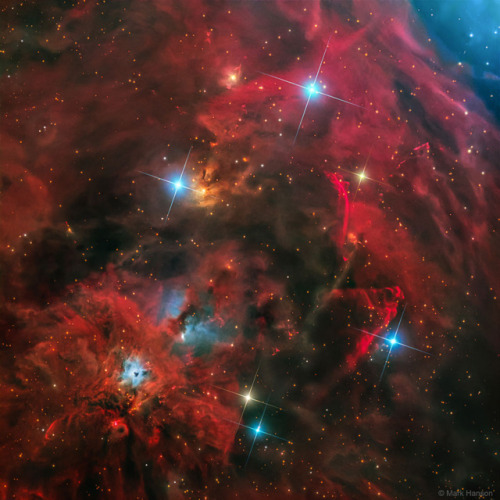
![photos-of-space:Apollo 15 Earthrise [2000x3996] photos-of-space:Apollo 15 Earthrise [2000x3996]](https://64.media.tumblr.com/d37bf066cc251e90ff861db1b86ea64f/tumblr_p4k8qwrmEv1ve10t6o1_500.jpg)











